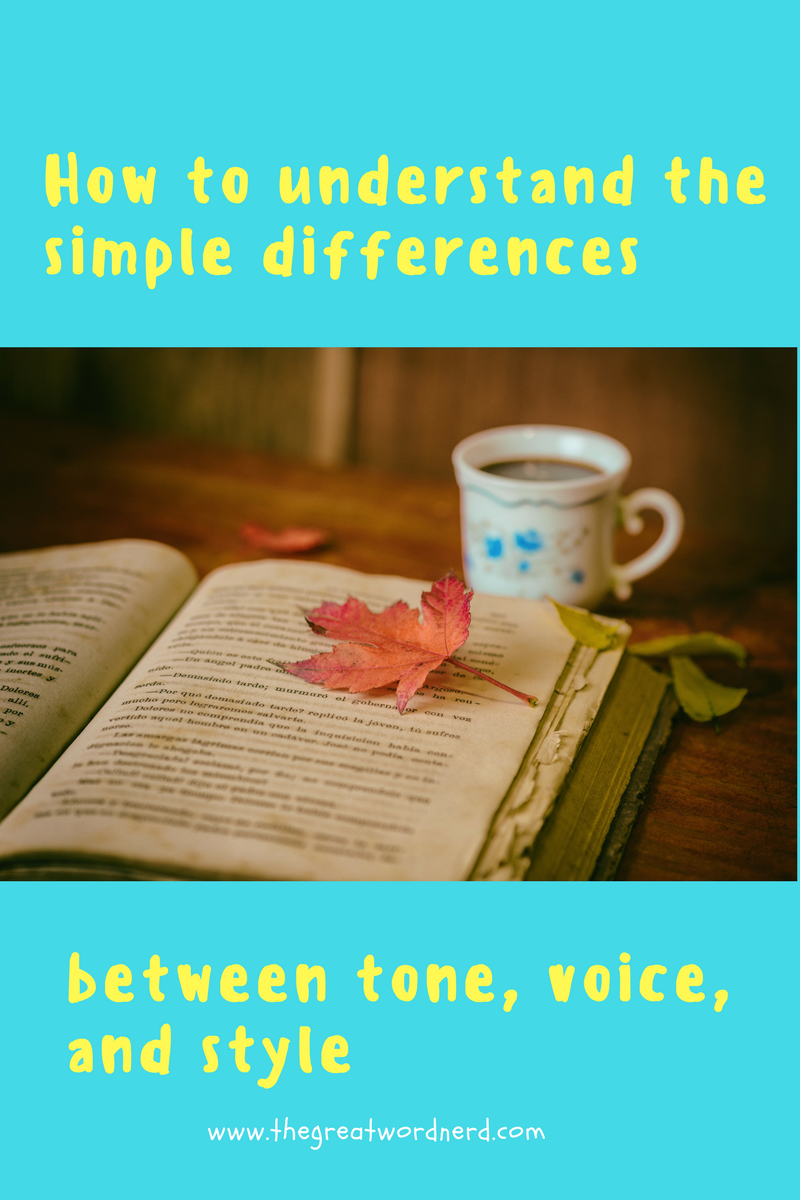We hear it all the time, and it’s really not as confusing as it may sound. Show don’t tell basically means just that; instead of telling your reader about something, let them sense it and live it through your writing. Why? Because the more you allow them to experience the story for themselves, the more they’ll become engrossed in it.
So how exactly does this show, don’t tell rule work? It’s quite easy. Let’s take a look at a few examples.
Telling: He felt angry at his wife.
Showing: His hands shook and he clenched them into fists, trying to see through the surge of red that clouded his vision.
See how the former just tells about an emotion whereas the latter has you gripping the edge of your seat, wondering what will happen next? See how much more vibrant it is to show that the man is angry instead of simply stating that he is?
When you come up with a simplistic sentence such as the first one, one of the things you could do is review your sentence and think about how you can get more specific with it. Instead of saying “Bob walked,” you could say “Bob strolled through Central Park.” Notice that this sentence does a better job of specifying how Bob walked (strolled) and where he walked (Central Park). The more specific you are, the more you will show and not tell.
Another way to show is to identify the key word/message in a sentence. Now describe that word/message without using the original term—usually, but not always, an adjective. Use your five senses, or sensory language, to convey the word/message.
For instance, in our first example, the key message is anger. Note that when we show the anger, we avoid using the word “anger” or any variation or synonyms thereof in the sentence. Instead, we describe anger using sensory language to show what it looks like.
Let’s look at another example of showing versus telling:
Telling: The woman was old.
Showing: The woman clutched a cane, her thinning grey hair wrapped in a bun, her skin as wrinkly as crepe paper.
Notice we never once mention the word old. And yet the descriptions scream it ever so loudly, doing a much better job of painting the picture for your audience than the word “old.” So be descriptive. But don’t go overboard with details and make sure you leave room for your readers to imagine. The beauty of stories is that they allow each individual the liberty to paint his/her own picture of the story. Which reminds me of a really cool quote I stumbled across. I’m not sure I remember it correctly, but I think it went something like, “Writing should be like a skirt—long enough to cover the bare necessities, but short enough to keep things interesting.”
Pretty cool, right?
Anyhow, point being, don’t go into too much detail!
In addition to being specific and descriptive and using sensory language, another way to show is by using dialogue instead of simply recapping a conversation. Again, allowing your readers to follow along through dialogue allows them to become involved in the conversation, whereas a recap removes them from the immediacy of the conversation and creates a distance between the reader and the action.
To sum up, remember that showing is something that allows your readers to experience or see the story unraveling and brings them closer to the action.
If you found this post helpful, be sure to subscribe for more helpful writing tips!
Interested in reading more about showing versus telling? See these posts from some of my favorite bloggers:
Grammar Girl: http://www.quickanddirtytips.com/education/grammar/show-dont-tell
Writer’s Digest: http://www.writersdigest.com/editor-blogs/there-are-no-rules/showing-vs-telling-in-your-writing
Daily Writing Tips: http://www.dailywritingtips.com/show-dont-tell/


